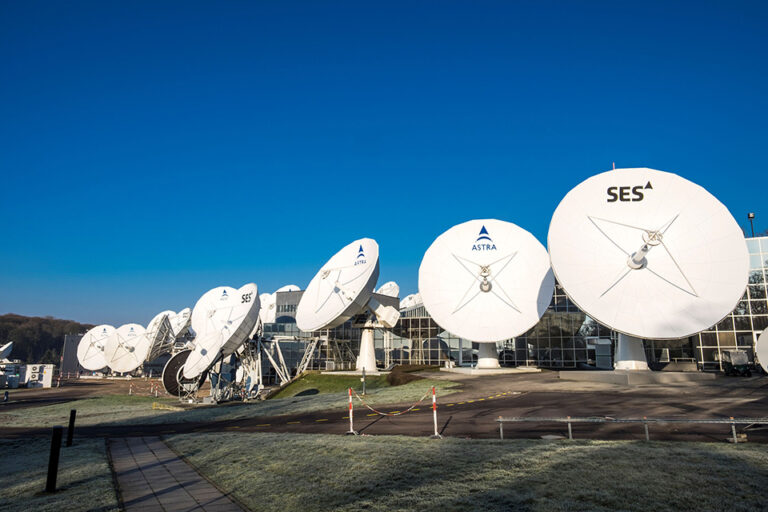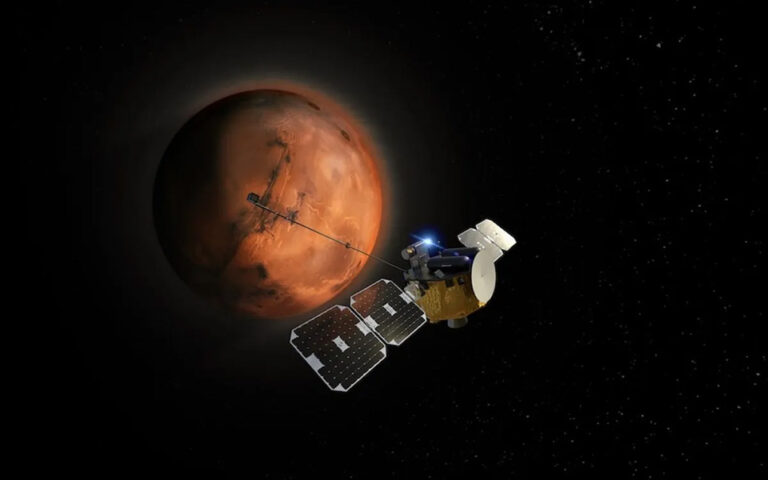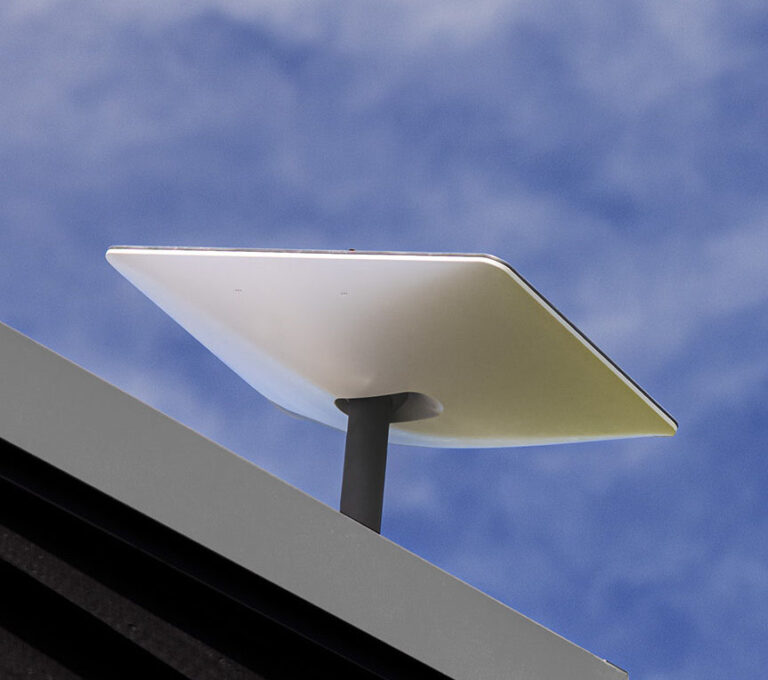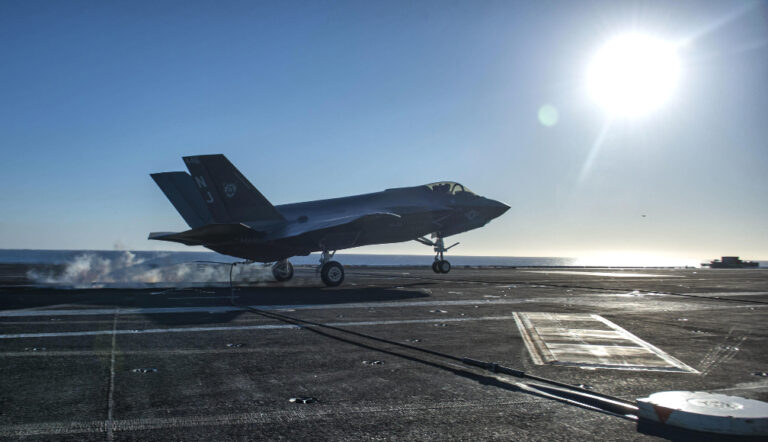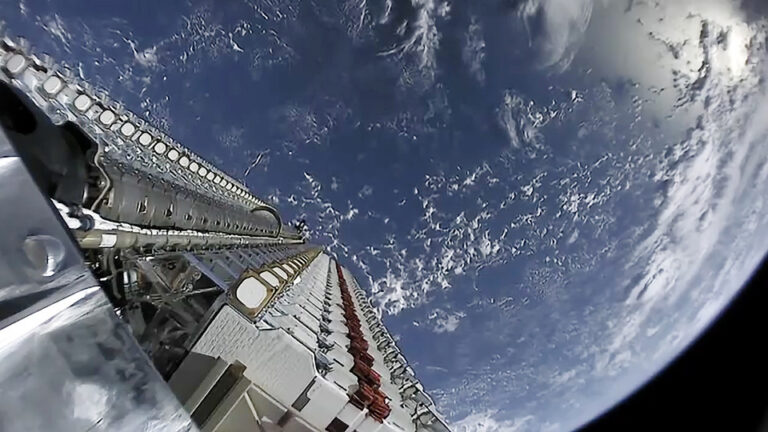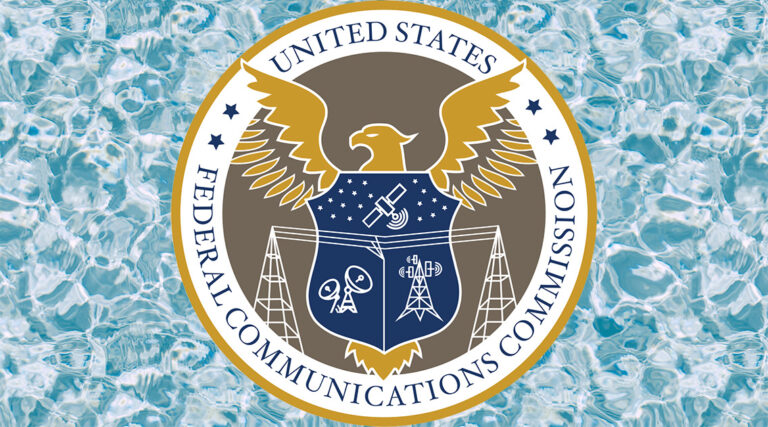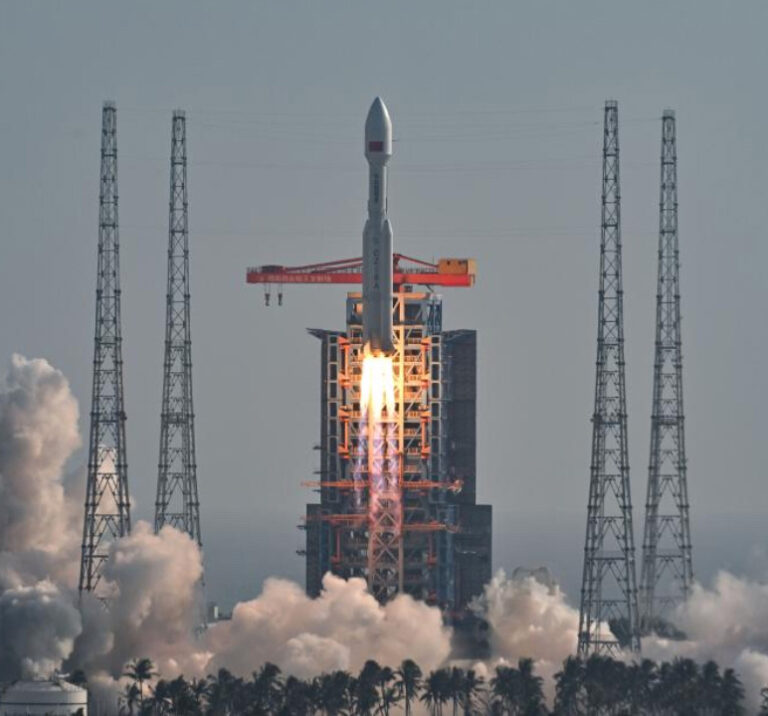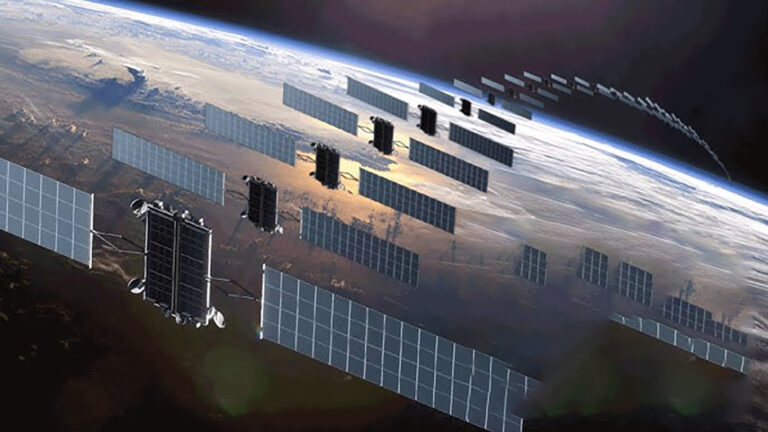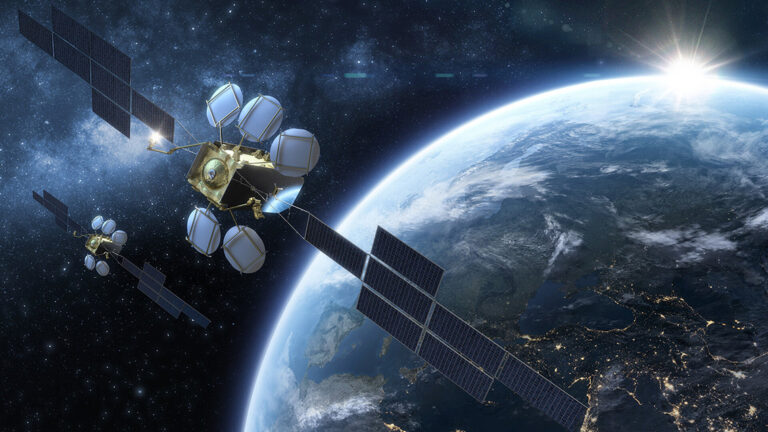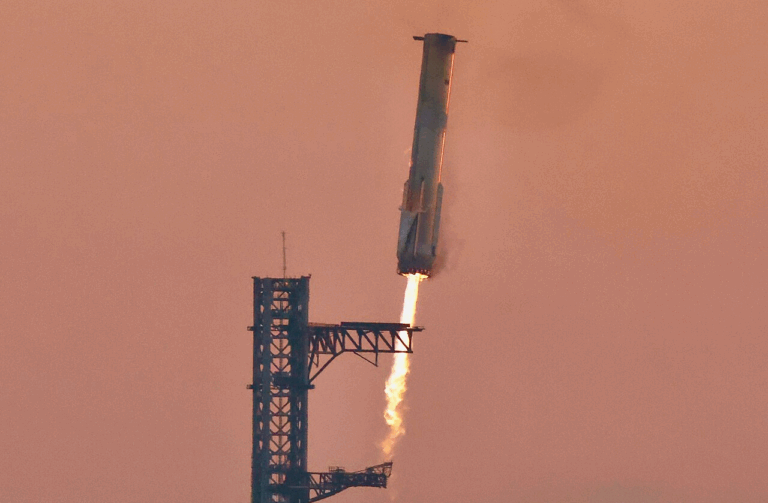FEATURED
The best of SatNews—essential reads, standout reporting, and hand-picked stories worth your time.
L3Harris Consolidates into Three Segments; Creates Dedicated Space & Mission Systems Unit
A multi-year portfolio-shaping process intended to streamline the company into a "Trusted Disruptor" ...
SES to receive “billions” from FCC
The bonus for SES is the freeing up of more C-band frequencies. The bank puts a value of that 100 MHz of more than $1 billion ...
Indra confirms ‘external impact’ on Spainsat NG-II; contingency plans activated
Indra Group has confirmed that the Spainsat NG-II secure communications satellite suffered a significant anomaly caused by an “external impact” while en route to its final geostationary orbital slot ...
SDA Awards $1.6 Billion in Tranche 3 Tracking Layer Contracts to Rocket Lab and Northrop Grumman
As previously reported on SatNews, the Space Development Agency (SDA) awarded $3.5 Billion in contracts for a Tranche 3 Missile Tracking Constellation. On December 19, 2025 two of those agreements totaling $1.6 Billion to build and operate 36 satellites for ...
MDA Taps Sidus, Ursa Space for $151 Billion ‘Golden Dome’ SHIELD Contract
WASHINGTON — The Missile Defense Agency (MDA) selected 1,086 additional companies, including Sidus Space and Ursa Space Systems, to compete for task orders under the $151 billion Scalable Homeland Innovative Enterprise Layered Defense (SHIELD) contract on Thursday, Dec. 18. The massive indefinite-delivery/indefinite-quantity (IDIQ) vehicle ...
The Operational Pivot: Why Silicon Valley 2026 is the War Room for the Next Cycle
As the industry prepares for the SmallSat Symposium 2026, held February 10–12 at the Computer History Museum in Mountain View, California, the sector is moving beyond experimental R&D into a period of industrial maturity. The immediate deadline for attendees is ...
Flat Panel Satellite Antenna Market Poised for Explosive Growth, Projected to Reach $6.7 Billion by 2033
NEW YORK — The global market for Flat Panel Satellite Antennas (FPAs) is on the verge of a significant upward trajectory, signaling a major shift in ground segment infrastructure over the next decade. According to new market analysis released by ...
Congress Blocks the “Easy Button”: The Strategic Logic Behind Restoring Tranche 3
The fight over the Space Development Agency's (SDA) budget was actually a proxy war between two acquisition philosophies: the SDA's open shop vs. a classified sole source alternative ...
Europe’s Vanishing Rocket Capability
Chris Forrester — An Arianespace cargo ship, the spectacular hybrid Canopée (wind and fuel), is this week making the final rounds off the French coast picking up various elements of its next rocket ahead of the VA267 launch on a ...
SpaceX Initiates Formal IPO Process with Potential $800 Billion Valuation
Multiple industry sources report that SpaceX has taken concrete steps toward an initial public offering, initiating a formal "bake-off" to select Wall Street banking partners. This strategic move positions the commercial launch and satellite giant for a potential public listing ...
Lawmakers Restore Funding for SDA Tranche 3, Add $1.2 Billion to Space Force R&D
WASHINGTON — Congressional negotiators have authorized a significant funding increase for the U.S. Space Force’s proliferation strategy, rejecting a service-proposed pause on the Space Development Agency’s (SDA) next generation of data transport satellites. In the compromise version of the Fiscal ...
Northrop Grumman & USAF Complete Critical F-16 Separation Test for SiAW Hypersonic Missile
Northrop Grumman and the U.S. Air Force have successfully completed a separation test of the Stand-in Attack Weapon (SiAW) from an F-16 at Eglin Air Force Base. While the F-16 served as the testbed to validate aerodynamic performance and safety, ...
SpaceX Targeting $1.5 Trillion Valuation Ahead of Potential 2026 IPO
SpaceX is reportedly eyeing an internal valuation target of $1.5 trillion, a figure that nearly doubles recent estimates, as the company positions itself for a potential initial public offering (IPO) in 2026 ...
FCC Initiates “Part 100” Rulemaking to Overhaul Space Licensing Framework
WASHINGTON — The Federal Communications Commission (FCC) has officially published its "Space Modernization for the 21st Century" Notice of Proposed Rulemaking (NPRM), formally launching a regulatory transition that would replace the agency’s legacy Part 25 satellite rules with a streamlined ...
China Executes Quadruple Launch Surge in 96 Hours
A Long March-8A carrier rocket carrying the 14th group of low-orbit internet satellites blasts off from the Hainan commercial spacecraft launch site in south China's Hainan Province, Dec. 6, 2025. SatNews December 9, 2025 — Deploying assets ranging from the ...
Rocket Lab Qualifies Neutron’s “Hungry Hippo”
SatNews December 9, 2025 — Rocket Lab has completed qualification testing for the Neutron launch vehicle’s "Hungry Hippo" fairing, a critical structural validation that clears the way for the medium-lift rocket’s inaugural flight. Announced December 8, the milestone signals the ...
FCC Opens Review for SpaceX’s 15,000-Satellite VLEO Constellation
WASHINGTON — The Federal Communications Commission (FCC) Space Bureau has designated SpaceX’s modification application for a new 15,000-satellite Very Low Earth Orbit (VLEO) shell as "acceptable for filing," initiating the formal regulatory review period for the expanded network. According to ...
SatNews Focus: The “Hotbird” Defense — Why Eutelsat’s Deal with beIN Matters in a LEO World
PARIS — While the industry's gaze is fixed on the mega-constellation race in Low Earth Orbit (LEO), Eutelsat Group has delivered a potent reminder that Geostationary (GEO) real estate remains the financial bedrock of the global space economy. The operator ...
Musk’s next step could be expensive
By Chris Forrester — The past few days have seen the business pages full of reports that Elon Musk’s SpaceX could have a value of some $800 billion. The reports had plenty of credibility and built on the truly fabulous ...
SpaceX Targets $800 Billion Valuation in Secondary Sale, Eyes 2026 IPO
Surpassing the valuation of any other private company globally, SpaceX is reportedly negotiating a secondary share sale that would value the aerospace giant at approximately $800 billion. According to reporting by the Wall Street Journal, this tender offer represents a ...


